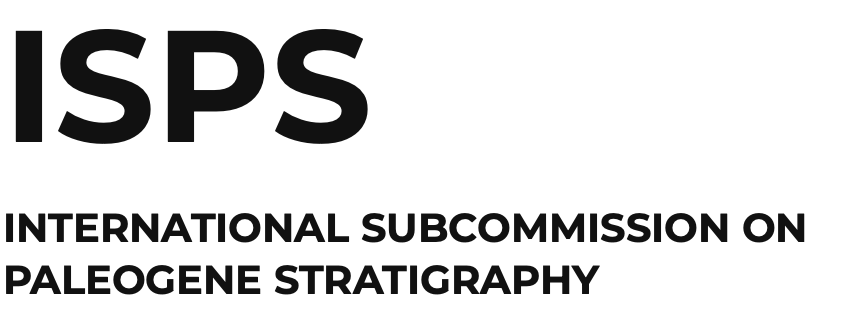Annual Report 2013 of the Paleogene Deep-Water Benthic Foraminifera Working Group.
A special volume of Micropaleontology has been edited containing selected contributions that were presented in 2012 in the 9th International Workshop on Agglutinated Foraminifera (IWAF-9). This volume will be published in 2014.
During 2013 the Working Group continued the work on taxonomy and evolution of Paleogene benthic foraminifera:
– Transient assemblage changes and decreased diversity have been documented across the K/Pg boundary at Site 690 (Alegret and Thomas, 2013; Marine Micropaleontology, 105: 40-51). Faunal composition during the Danian may have been influenced by a combination of changes in food flux and increasing carbonate saturation due to extinction of pelagic calcifiers, with some heavily calcified benthic species increasing in abundance as well as moving into deeper waters. These species became extinct during the deep-sea acidification at the end of the Paleocene 10 million years later.
– The recently recovered Dababiya Corehole (Egypt) provided excellent material to document the benthic foraminiferal turnover from the Upper Cretaceous to the lower Eocene (Alegret and Ortiz, 2013, Stratigraphy, 9).
– The early Eocene Glomospira acme has been further investigated (Arreguín-Rodríguez et al., Journal of Foraminiferal Research, 43; Arreguín-Rodríguez et al., Micropaleontology, in press) and combined with organic biomarker studies, supporting an enhanced terrestrial input at Alamedilla section (Spain) during the PETM.
-Work on the benthic foraminiferal turnover across Eocene hyperthermal events at various ODP sites is in progress.
– The Eocene-Oligocene turnover of deep-water aglutinated foraminifera has been documented at ODP Site 647 (North Atlantic) by M.A. Kaminski and S. Ortiz (Micropaleontology, in press).
Report by Secretary: Laia Alegret, Spain.

